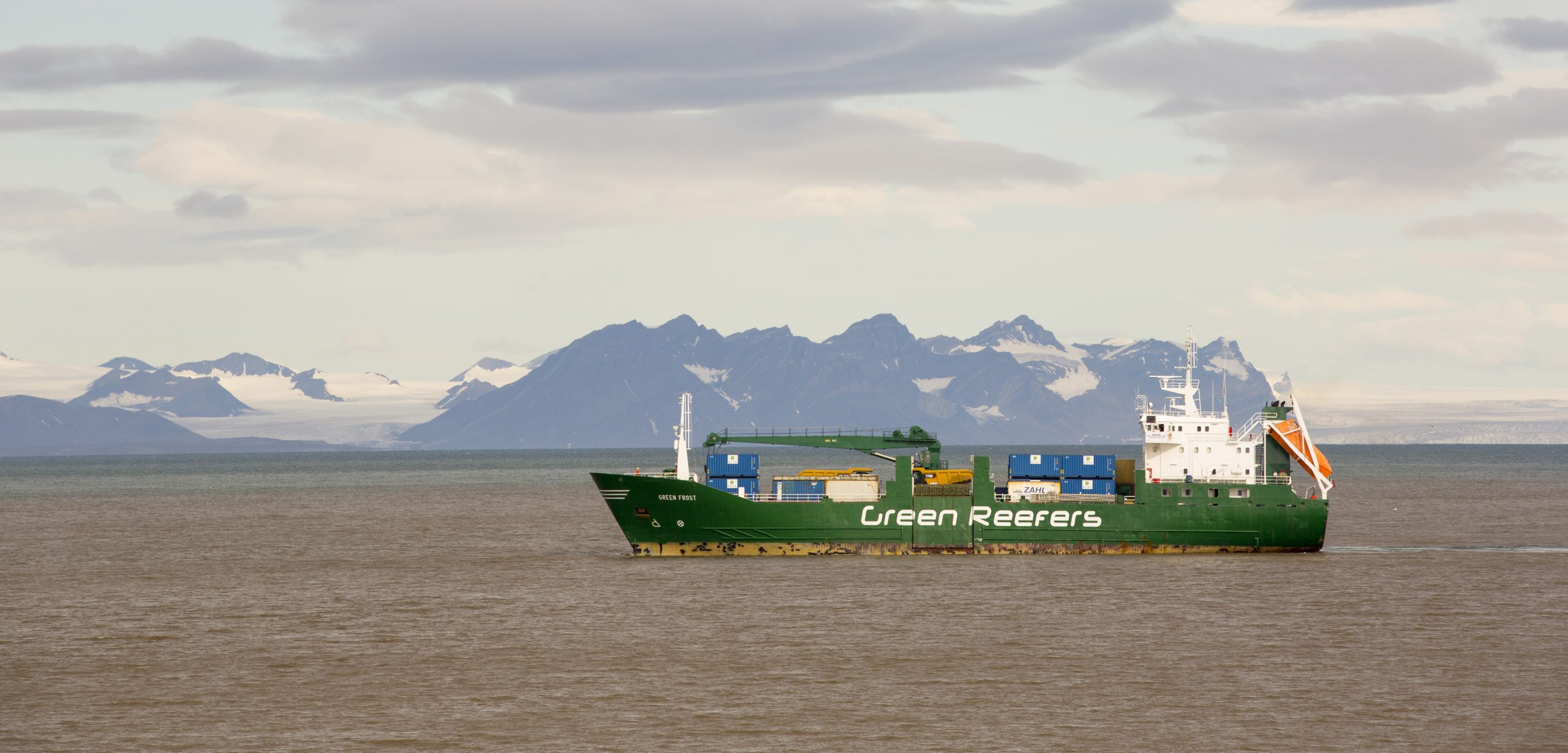Arctic Invasion
Invasive species are making it to the Arctic, they just can’t survive there—yet.
Article body copy
There’s an Arctic invasion underway.
Not a military invasion (hopefully), but a biological one.
Already, as the water warms and sea ice melts, shipping in the polar north is increasing—a trend that’s expected to continue as the region goes ice free. More shipping means more large ships discharging ballast water and, likely, more invasive species being flushed into the Arctic Ocean.
Potentially invasive species are already making their way to the Arctic, but for now it’s still too cold for them to survive. Yet as new research shows, warming over the next century could mean that many of the species that are today being flushed into the sea to die will instead start calling the Arctic home.
Working in Svalbard, an archipelago far north of the Norwegian mainland, researchers took samples of the ballast water from ships coming in to port. They identified 23 non-native species, including crabs, barnacles, and copepods, in the ballast water. Of those, the team focused their attention on eight, assessing whether they can survive in the conditions in Svalbard today, and in the conditions predicted for 2050 and 2100.
Right now, only one of the eight species, a small crustacean, can theoretically survive in Svalbard based on existing information about its temperature requirements. But by 2050, five of the eight might find some southern ports in the archipelago more welcoming, and by 2100 six should feel right at home across much of Svalbard.
But even this may underestimate the changes that could soon be coming to the Arctic ecosystem. There wasn’t enough existing data about the physiological requirements of the other 15 species the researchers found in the ballast water to evaluate how they would do in the warming ocean. And “there’s potentially a whole lot more biodiversity in these ballast tanks, hanging out in the sediment [at the bottom],” says Reuben Keller, an expert on invasive species who was not involved in the research.
Predicting which species may eventually become established residents of the Arctic is nearly impossible, says Chris Ware, who led the study. But one of the species they found, the European green crab, is considered among the 100 worst invasive species worldwide by the International Union for the Conservation of Nature.
This crab “is known to cause substantial impacts,” says Ware, including eating native species of shellfish and plankton, competing with native crabs, and even introducing new types of parasites.
While it may seem like 2050 or 2100 is a long way off, these species are already being transported to the Arctic. And “once established, invasive marine species are notoriously difficult to eradicate,” says Ware.
This buffer of time “should be viewed as an opportunity to act in order to prevent inevitable species invasions,” Ware says, “rather than an opportunity to delay any response.”
Just like with military invaders, if these species are given a chance to dig in, it will become even more difficult to drive them out.

